
Waiting for the Sun is the third studio album by the American rock band the Doors, released by Elektra Records on July 3, 1968. The album's 11 tracks were recorded between late 1967 and May 1968 mostly at TTG Studios in Los Angeles. It became the band's only number one album, topping the Billboard 200 for four weeks, while also including their second US number one single, "Hello, I Love You". The first single released off the record was "The Unknown Soldier", which peaked at number 39 on the Billboard Hot 100. It also became the band's first hit album in the UK, where it reached number 16.

Endless Summer is a compilation album by American rock band the Beach Boys, released on June 24, 1974. A collection of hits from the band's 1962–65 period, Endless Summer was compiled by their old label, Capitol Records, following the success of the film American Graffiti, in which several songs were featured. It revitalized the band's popularity after years of lukewarm sales, but also inspired nostalgia for the Beach Boys' early surfing and hot rod-themed music, repositioning the group as an oldies act.

How Can You Be in Two Places at Once When You're Not Anywhere at All is the second comedy album recorded by the Firesign Theatre. It was originally released in July 1969 by Columbia Records.

Red Rose Speedway is the second studio album by the English-American rock band Wings, although credited to "Paul McCartney and Wings". It was released through Apple Records on 4 May 1973, preceded by its lead single, the ballad "My Love". By including McCartney's name in the artist credit, the single and album broke with the tradition of Wings' previous records. The change was made in the belief that the public's unfamiliarity with the band had been responsible for the weak commercial performance of the group's 1971 debut album Wild Life.

Fu Manchu is an American stoner rock band formed in Orange County, California in 1985. The band underwent multiple lineup changes throughout the 80s and 90s, but has remained consistent since 2001. The band currently consists of founding guitarist turned lead vocalist Scott Hill, bassist Brad Davis, lead guitarist Bob Balch and drummer Scott Reeder.

Caribou is the eighth studio album by English musician Elton John, released on 24 June 1974 by MCA Records in the US and on 28 June by DJM Records in the UK. It was his fourth chart-topping album in the United States and his third in the United Kingdom. The album contains the singles "Don't Let the Sun Go Down on Me", which reached number 16 in the UK Singles Chart and number two in the US, and "The Bitch Is Back", which reached number 15 in the UK and number four in the US. Both singles reached number one in Canada on the RPM 100 national Top Singles Chart, as did the album itself.
"Celebration of the Lizard" is a performance piece by American rock band the Doors, featuring lyrics written by lead singer Jim Morrison and music by the Doors. Composed as a series of poems, the piece includes both spoken verse and sung lyrics, musical sections, interpretive dance, audience reaction, and passages of allegorical storytelling, though the Doors often performed abridged renditions which omitted some or even most of these elements.
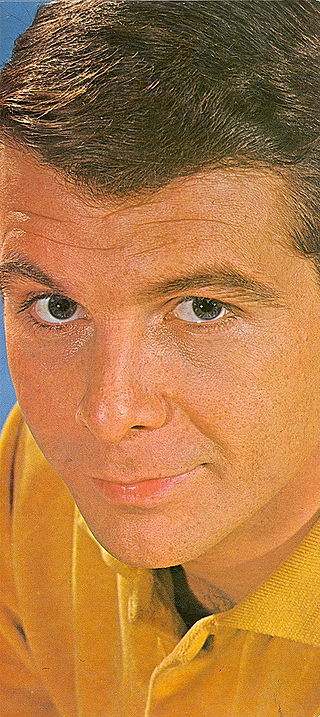
Samuel Robert Gibson was an American folk singer and a key figure in the folk music revival in the late 1950s and early 1960s. His principal instruments were banjo and 12-string guitar.
Audience was a cult British art rock band which existed from 1969 until 1972 and then from 2004 until 2013.

Michael Chapman was a British singer-songwriter and guitarist who released 58 albums, displaying a "fusion of jazz, rock, Indian and ragtime styles [that] made him a cult hero". He began playing with jazz bands, mainly in his home town of Leeds, and became well known in the folk clubs of the late 1960s, as well as on the progressive music scene. Having celebrated fifty years as a professional musician in 2016, he continued to regularly tour the UK, Europe and US.

Marjory Razorblade is a double-LP by English rock singer Kevin Coyne and was one of the earliest releases on Virgin Records, which had launched four months earlier in June 1973. The double album includes the song "Marlene", which was issued as a single, and "Eastbourne Ladies", which was featured among the selection of tracks played by John Lydon at the height of the Sex Pistols notoriety on the Capital Radio show A Punk & His Music, broadcast in London in the summer of 1977.

Lunch is the fourth album by the British art rock band Audience, released in 1972. It was their last original release following the departure of Keith Gemmell and the band's breaking up for more than 30 years. It peaked at 175 on the Billboard 200 chart.

Audience is the first album by British art rock band Audience, released in 1969. It was deleted shortly after its release and is now collectable in its original vinyl version. The band was soon afterwards signed by Tony Stratton Smith to Charisma Records.
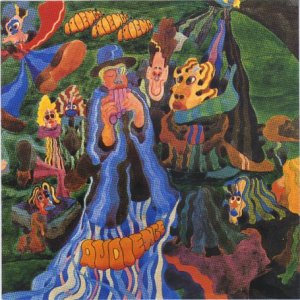
Friend's Friend's Friend is the second album by the British art rock band Audience, released in 1970. It was originally intended to be produced by Shel Talmy; however, the band didn't warm to his approach and they opted to produce it themselves.

Days of Wine and Roses and Other TV Requests is the eleventh studio album by American pop singer Andy Williams and was released in April 1963 by Columbia Records following his first season as host of his variety series, The Andy Williams Show. The LP has a studio recording of the closing theme from the show, "May Each Day", and continues the format of his previous Columbia releases by including songs from the 1920s, 1930s, 1940s, and 1950s.
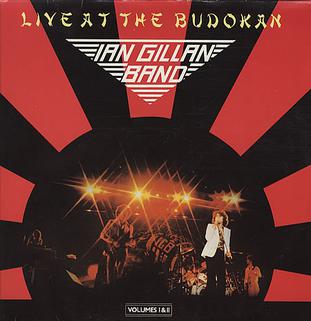
Live at the Budokan is a live album by the Ian Gillan Band, recorded live on 22 September 1977 in Tokyo, Japan. Originally it was released only in Japan, in March 1978 by EastWorld Records, being Live at the Budokan (EWS-81112) and Live at the Budokan Vol. 2 (EWS81113). Each was a single LP in a gatefold sleeve. Several songs from the set did not make it to the albums, as evidenced by audience tapes.

Love Story is a compilation album by American pop singer Andy Williams that was released in the UK in July 1971 by the CBS Records division of Columbia and was mainly composed of tracks that had not been included on his studio LPs.
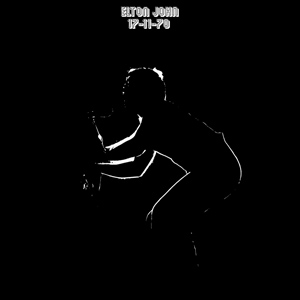
17-11-70 is the fifth official album release for English musician Elton John and his first live album.

You Lay So Easy on My Mind is the thirty-fourth studio album by American pop singer Andy Williams, released in November 1974 by Columbia Records. The idea for this LP was mentioned in an interview with Williams in the November 3, 1973, issue of Billboard magazine that emphasized his desire to move away from recording albums of Easy Listening covers of hits by other artists, noting that he was "planning an album to be cut in Nashville with Columbia's high-flying country-pop producer, Billy Sherrill." The article coincided with the release of his first attempt to shift directions, Solitaire, which performed poorly. A return to the Easy Listening hits formula, The Way We Were, followed in the spring of 1974 but failed to even chart, so this next attempt to eschew soft rock songs leaned heavily on Country hits.
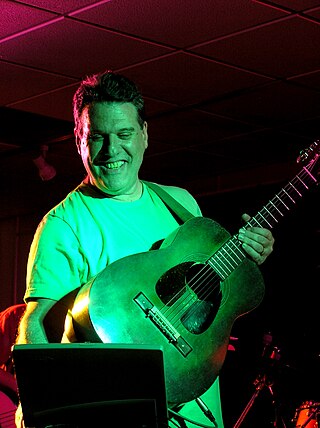
Howard Werth is an English singer, guitarist and record producer. He was the founder and frontman of the cult British art rock band Audience from 1967 to 1972, and 2004 to date.


















